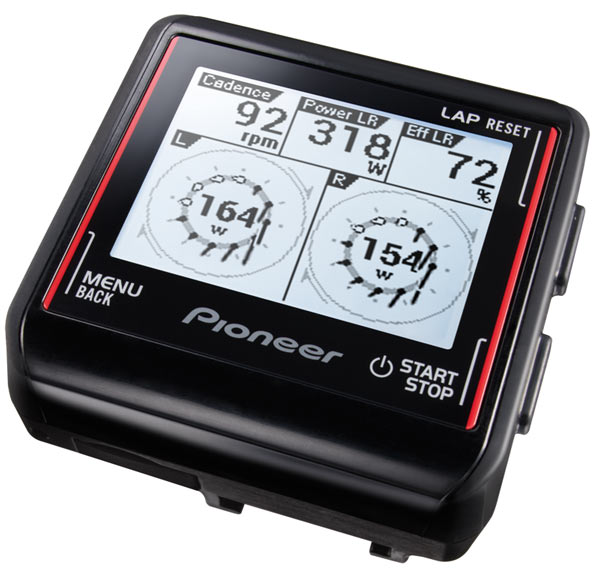In this final installment of the Bikerumor Weight We Wear series, we look at the most critical component of all, shoes. Like wheels and tires, cycling shoes are rotational mass, which means the impact of their weight gets amplified with every pedal stroke. We’ve all been there, when we’re chugging up a hill and it feels like we’re slogging through molasses. Yeah, your wheel and tire selection (and fitness) has a lot to do with that, as does the incline, but this video helps illustrate how much more power is required when you’re riding in heavy shoes.
Because F = m • a
We used Northwave’s mountain bike shoes as an example, but the science applies to any type of shoe in any situation. And before you science-types go nuts in the comments, we recognize and fully admit that the math used here does not fully and totally accurately explain what’s going on. Newton’s Second Law is usually explained in terms of moving mass in a linear path, not a rotational path, but it gets us close enough. And the calorie expenditure is not perfectly coordinated with the Newton force required to move the pedals, for three reasons: First, because it’s not a perfect, direct correlation. Second, because everybody is different in their calorie expenditure. And third, because you’re not actually accelerating the shoes from a standstill at all moments. In fact, you are most often maintaining momentum, so the actual energy expenditure will be much, much lower than what’s shown here.
Basically, the numbers here are to help paint a picture. We spoke with Zipp’s engineers about rotating mass, too, and they (along with any other wheel manufacturer worth their salt) will tell you the same thing: Once you’re up to speed, the rotating mass matters very little and aerodynamics are much more important. It’s when you’re accelerating that the weight really matters. Where we believe this matters more for shoes is when you examine your pedal stroke. As Pioneer display shows above, you’re never pedaling perfect circles, so there are micro accelerations on every stroke.

We tested two of Northwave’s shoes at the extremes of their weight range. The lightweight Ghost XC came in at just 396g/397g, and the Enduro Mid at 616g/619g. We chose Northwave (who, for full disclosure, agreed to sponsor this video experiment) because I like their shoes and knew they had something both very light and very heavy…and everything in between. It’s not always the top end shoes that are the lightest, so check claimed weights (or bring a gram scale) to your bike shop and see where things line up and match your needs, style and budget.
If you want to recreate this (or pick it apart), here’s some of the equations we used:
- F = ma (Force equals Mass multiplied by Acceleration, usually explained as a Newton being the amount of energy it takes to move 1kg a distance of 1 meter in 1 second)
- 175mm crank arms @ 90rpm cadence = approximately 0.52m/s linear movement from top of stroke to bottom (350mm = 0.355m; 90rpm = 1 rev per 0.667s; so, 0.355m ÷ 0.667 = 0.52m/s).
- Actual foot movement would be more because it’s not traveling in a straight path across those 350mm of total distance, but we wanted to keep it simple.
- 1 Newton-Meter = 0.2388 Calories
- Make sure to double individual shoe weights to account for the pair
There are a couple of takeaways we’d like to highlight:
- The amount of energy required to move your shoe (and pedal, and sock, and leg) increases at the same rate as the increase in weight, assuming speed is kept constant.
- Energy expenditure (calories) does, too.
- If you want to get faster without training, get lighter shoes.
- Lighter weight shoes also feel faster on the bike, which provides a huge mental advantage. Or, more precisely in our experience, heavier shoes can feel really heavy and provide a distinct mental disadvantage when you’re already struggling up a hill. Or in a sport like cyclocross where there’s tons of accelerations and running, everyone is suffering, and you need every psychological benefit you can get.
Be sure to check out Part One (Clothing) and Part Two (Hydration) to see how everything you wear and use adds up. Got another category you want us to explore? Leave a comment and we’ll check into it for a future story here on Bikerumor!


